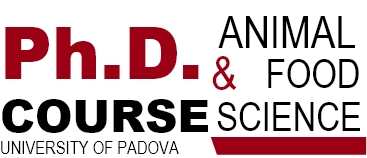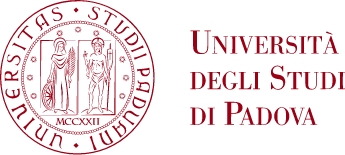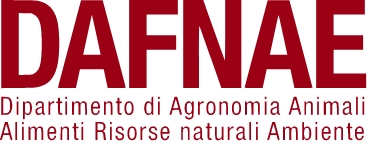Garlic (Allium sativum L.) fed to dairy cows does not modify the cheese-making properties of milk but affects the color, texture, and flavor ofripened cheese
Rossi, Giulia, Schiavon, StefRossi, Giulia, Schiavon, Stefano, Lomolino, Giovanna, Cipolat-Gotet, Claudio, Simonetto, Alberto, Bittante, Giovanni, Tagliapietra, Franco (2018).
Garlic and garlic components have recently been proposed as ruminal activity modulators to reduce the enteric methane emissions of ruminants, but little is known of their influence on milk coagulation properties, nutrient recovery, cheese yield, and sensorial and rheological characteristics of milk and cheese. The present study assessed the effects of garlic and diallyl sulfide supplements on dry matter intake (DMI), productive performance, milk coagulation properties, cheese yield, milk and cheese sensory profiles, and rheological characteristics. Four dairy cows were fed a total mixed ration either alone (control) or supplemented with 100 or 400 g/d of garlic cloves or 2 g/d of diallyl sulfide in 4 consecutive experimental periods in a 4 × 4 Latin square design. The diallyl sulfide dose was established to provide approximately the same amount of allyl thiosulfinate compounds as 100 g of fresh garlic cloves. The total mixed ration was composed of 0.29 corn silage, 0.23 corn-barley mixture, 0.17 sunflower-soybean mixture, 0.12 alfalfa hay, 0.12 grass hay, 0.04 sugar beet pulp, and 0.02 other additives, and contained 0.253 starch, 0.130 crude protein, and 0.375 neutral detergent fiber, on a dry matter basis. Each experimental period consisted of 7 d of transition and 14 d of treatment. On d 18 and 21 of each period, milk samples (10 L) were collected from each cow for chemical analysis and cheese-making. The organoleptic properties of the milk and 63-d-ripened cheeses were assessed by a panel of 7 trained sensory evaluators. The experimental treatments had no effects on DMI, milk yield, feed efficiency (milk yield/DMI), milk coagulation properties, nutrient recovery, or cheese yield. Garlic-like aroma, taste, and flavor of milk and cheese were significantly influenced by the treatments, particularly the highest dose of garlic cloves, and we found close exponential relationships between milk and cheese for garlic-like aroma (R2 = 0.87) and garlic-like flavor (R2 = 0.79). Diallyl sulfide and 400 g/d of garlic cloves resulted in lower pH, shear force, and shear work of ripened cheeses compared with the other treatments. Garlic cloves and diallyl sulfide had opposite effects on cheese color indices. We conclude that adding 400 g/d of garlic to the feed of lactating dairy cows highly influences the sensory and rheological characteristics of cheese.



